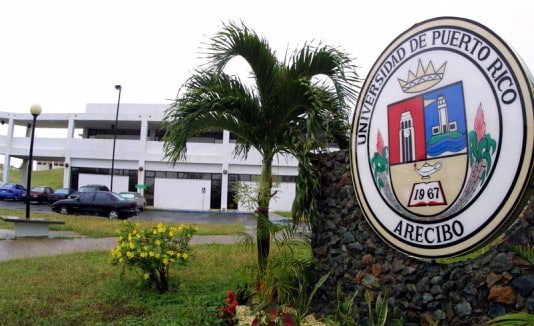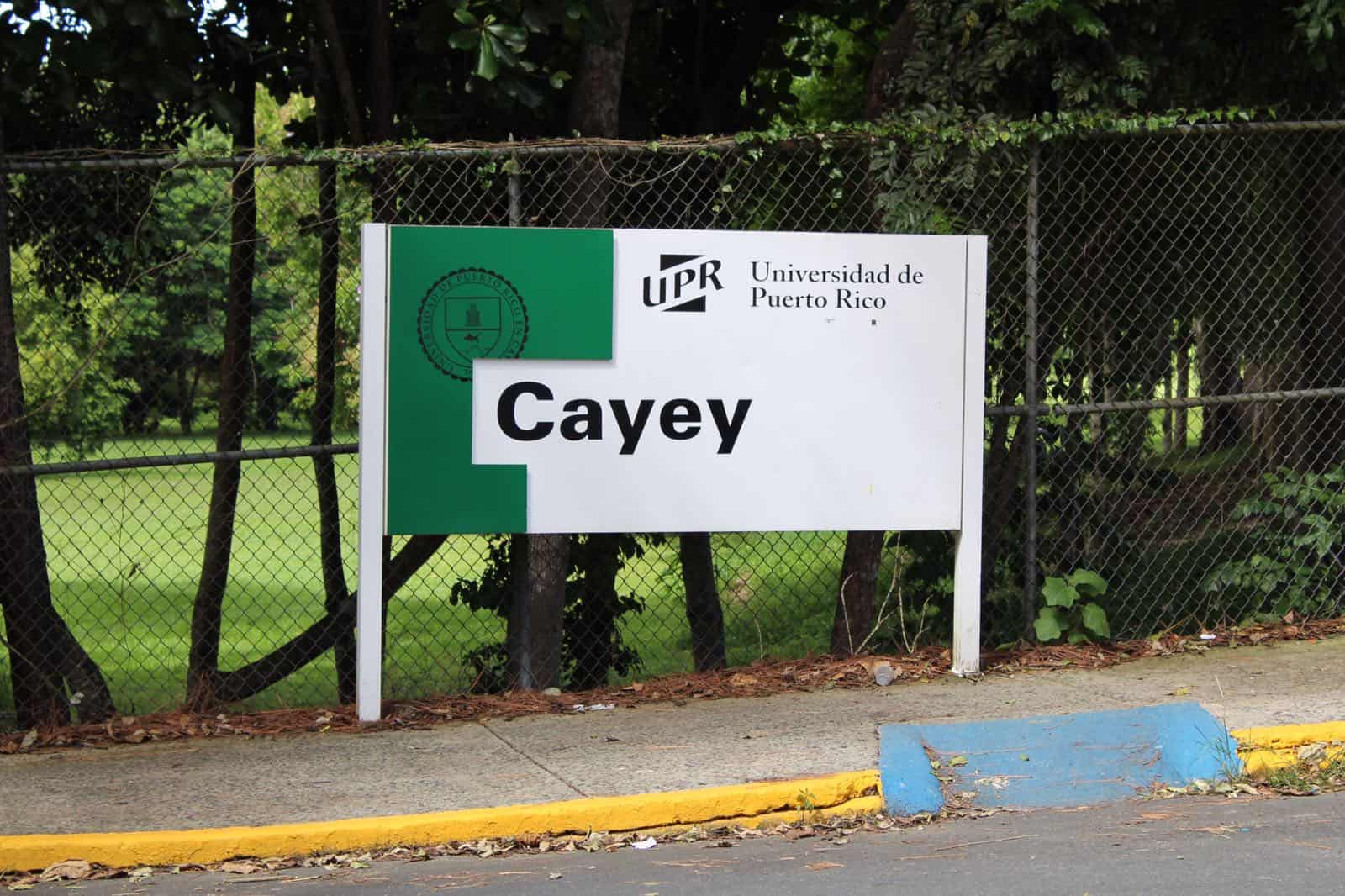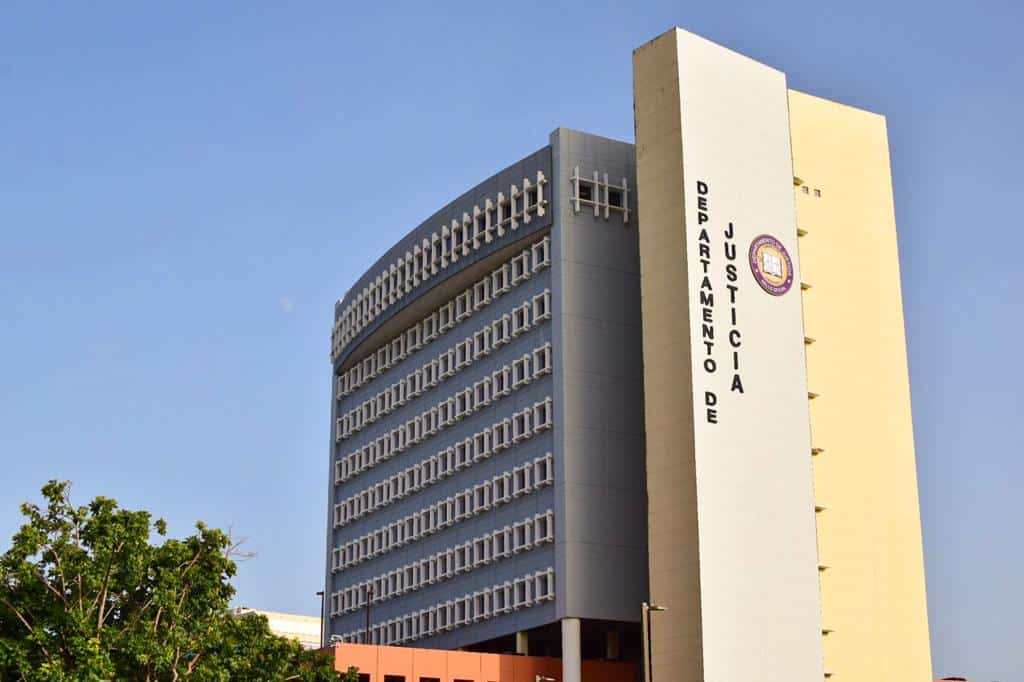Pulso Estudiantil shows you the 19 most creative ways that Puerto Ricans have manifested, such as taking over Instagram, under the sea, makeup, and much more.
The National Strike, of last Monday, joined elderly people, functional diverse, LGBTQ+ community, religious sectors, children and many others to demand the resignation of governor Ricardo Rosselló Nevares. Also, there were no altercations between the police and the protesters.
Also, on Monday, various Puerto Rican artists, such as Residente, Bad Bunny, and Ricky Martin, along athletes like Tommy Ramos and Miguel Cotto, demanded, with the people, the resignation of the governor Ricardo Rosselló Nevares.
o Through an official letter, the Student Movement (ME) of the University of Puerto Rico in Mayagüez (RUM) points out the lack of expressions by the president of the institution, Jorge Haddock Acevedo, and the rector of RUM, doctor Agustín Rullán Toro, regarding the most recent events that the country has gone though.
19 years ago, specifically on February 21, 2000, the Peace For Vieques march was carried out, attended by more that 150,000 people, making it one of the biggest manifestations in the country’s history. People dressed in white threw themselves into the streets to protest the presence of the United States Navy in the island municipality of Vieques, managing to close the Las Américas Highway. On the other hand, on Monday’s manifestation, the engineer DJ King Arthur estimated around 778,300 to 1,167,400 people attended the event.
- Columns
- The time to fight is this and now companions…
- On Wednesday’s column, Jorge L. Rivera Velázquez retaliates that «During these last weeks, there have been a series of demonstrations that arise from the indignation and frustration of a people tired of corruption and the lies (false promises) of our politicians».
- Puerto Rico has already grown
- On this special edition, Clifford E. Hourston Morales indicates that «It has been incredible to see how we joined together, artists and people of different ideologies, with different objectives to achieve a common good».
- The time to fight is this and now companions…
The group of jurists -composed of the graduates Francisco J. Reyes Caparrós, José Enrique Colón Santana and Luis E. Rodríguez Rivera- appointed by the president of the House of Representatives, Carlos “Johnny” Méndez, to identify possible causes to reside the governor of Puerto Rico, Ricardo Rosselló Nevares. The group suggested that the residency process be started. They determined that there are three possible violations of the criminal code and two violations of the Government Ethics Law, by Rosselló Nevares, in the controversial «chat» of Telegram. Of those five possible violations, four are serious crimes and one is a less serious crime.
o After the scandal of the Telegram group and the demands of the citizens, the Governor of Puerto Rico Ricardo Rosselló Nevares resigned, on Wednesday, to his post, effective this Friday, August 2, at 5:00 p. m. With this decision, the Secretary of Justice, Wanda Vázquez, becomes the interim governor until the Secretary of State is appointed.
o The next day, thousands of people joined to march, once again, together with Puerto Rican artists, in celebration of the resignation of Governor Ricardo Rosselló Nevares. Several singers, including Resident, Bad Bunny, Tommy Torres, Nicky Jam and Wisin led the «We Are More» march. The demonstration was called by Resident to demand the resignation of Governor Rosselló Nevares. However, although the president resigned from his position last night, Resident invited the people to meet today and show that the struggle continues.
o Several lawyers from the Research and Administrative Processing area of the Office of Government Ethics (OEG) began today, Thursday, to evaluate the exchange of messages between the potential governor, Wanda Vázquez Garced, and the former secretary of the Treasury, Raúl Maldonado. The director of the OEG, Zulma Rosario, said that at this time they evaluated whether the messages contained evidence of possible violation of the Government Ethics Law.
Edited by: Marisol N. Nazario Bonilla


















